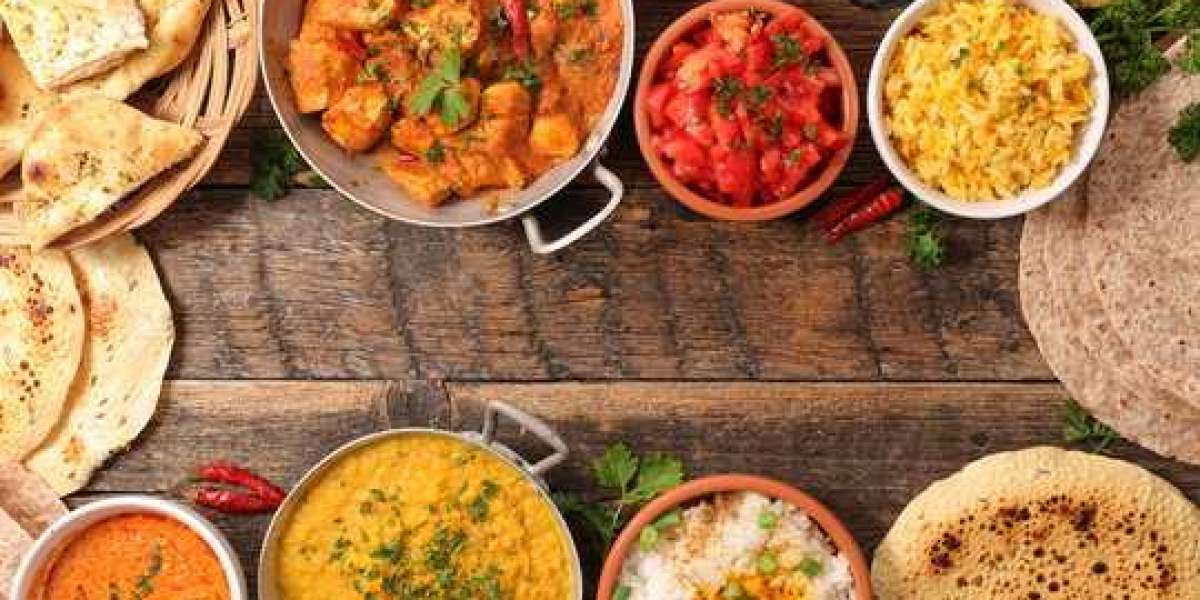Embarking on a culinary adventure through a Pakistani restaurant is an experience that offers a deep dive into a world of rich flavors, vibrant spices, and traditional dishes. Pakistani cuisine, with its diverse influences and bold flavors, provides an unforgettable dining experience that reflects the country’s cultural heritage. This article will guide you through the unique aspects of Pakistani restaurants and why they are a must-visit for any food enthusiast.
Introduction to Pakistani Cuisine
Pakistani cuisine is renowned for its robust flavors, aromatic spices, and hearty ingredients. Rooted in a rich history and influenced by various cultures, including Mughal, Persian, and Central Asian, Pakistani food is a true reflection of the country’s diverse culinary landscape.
Historical and Cultural Influences
Pakistani food has been shaped by centuries of cultural exchanges and historical influences:
- Mughal Influence: The Mughal Empire introduced elaborate dishes and the use of spices like cardamom and cloves, which remain central to Pakistani cooking.
- Persian Influence: Persian culinary traditions contribute to the use of ingredients like saffron, dried fruits, and nuts.
- Central Asian Influence: This influence is evident in dishes like kebabs and pilafs, which are popular in Pakistani cuisine.
Signature Dishes to Experience
1. Biryani: The Aromatic Rice Dish
Biryani is a quintessential Pakistani dish known for its vibrant colors and rich flavors. This aromatic rice dish is made with basmati rice, marinated meat (such as chicken, beef, or lamb), and a blend of spices including saffron, cumin, and coriander. The layers of rice and meat are cooked together, creating a flavorful and satisfying dish often garnished with fried onions and fresh herbs.
2. Nihari: The Hearty Stew
Nihari is a traditional slow-cooked stew typically enjoyed for breakfast or on special occasions. Made with beef or lamb, Nihari is simmered for hours with a complex blend of spices, resulting in a savory and hearty dish with tender meat and a rich broth. It’s usually served with naan or steamed rice, making it a filling and comforting meal.
3. Chapli Kebab: The Spiced Minced Meat Patties
Chapli Kebab is a popular street food made from minced meat (beef or lamb) mixed with a variety of spices, herbs, and sometimes tomatoes. Shaped into patties and fried until crispy, these kebabs are known for their robust flavor. They are often enjoyed with naan, yogurt, and fresh salad.
4. Samosas: The Savory Pastries
Samosas are deep-fried pastries filled with a spiced mixture of potatoes, peas, and sometimes meat. These triangular snacks are commonly served as appetizers or snacks and are typically accompanied by tamarind chutney or yogurt. The crispy exterior and flavorful filling make samosas a favorite among diners.
5. Haleem: The Comforting Porridge
Haleem is a comforting dish made from a blend of wheat, barley, lentils, and meat, slow-cooked to a thick, porridge-like consistency. Seasoned with a blend of spices and garnished with fried onions, fresh coriander, and lemon juice, Haleem is a dish often enjoyed during Ramadan and other festive occasions.
Dining Experience in Pakistani Restaurants
Authentic Ambiance
Pakistani restaurants offer an authentic dining experience that reflects the cultural heritage of Pakistan. The decor often includes traditional artwork, textiles, and music, creating a warm and inviting atmosphere. The ambiance enhances the overall dining experience, making it ideal for both casual meals and special occasions.
Friendly Service
The service in Pakistani restaurants is known for its hospitality and warmth. Staff members are typically eager to help diners navigate the menu and offer recommendations based on personal preferences. This attentive service adds to the welcoming and enjoyable dining experience.
Traditional Dining Customs
Dining at a Pakistani restaurant often involves traditional customs such as:
- Shared Platters: Meals are commonly served on large platters for sharing, encouraging communal dining and interaction.
- Naan and Roti: Various types of bread, such as naan and roti, are used to scoop up curries and stews.
- Spicy Condiments: Accompaniments like pickles, raita (yogurt sauce), and chutneys add an extra layer of flavor to the meal.
Why Visit a Pakistani Restaurant
Diverse Flavors and Ingredients
Pakistani cuisine offers a wide range of flavors and ingredients, from spicy curries to fragrant rice dishes. Visiting a Pakistani restaurant allows you to explore these unique flavors and appreciate the complexity of the cuisine.
Culinary Tradition
Eating at a Pakistani restaurant provides insight into the rich culinary traditions of Pakistan. It’s an opportunity to experience the artistry and skill involved in preparing traditional dishes.
Memorable Experience
The combination of flavorful food, authentic ambiance, and excellent service makes dining at a Pakistani restaurant a memorable experience. Whether you’re a food enthusiast or simply looking for a new culinary adventure, a visit to a Pakistani restaurant promises a delightful and satisfying journey.
Conclusion
Discovering the flavors of Pakistani cuisine through a visit to a Pakistani restaurant is an unmissable culinary journey. With its rich array of dishes, vibrant spices, and welcoming atmosphere, Pakistani food offers an extraordinary dining experience. From the aromatic Biryani to the comforting Haleem, each dish tells a story of tradition and flavor, making a meal at a Pakistani restaurant an adventure you won’t forget.








